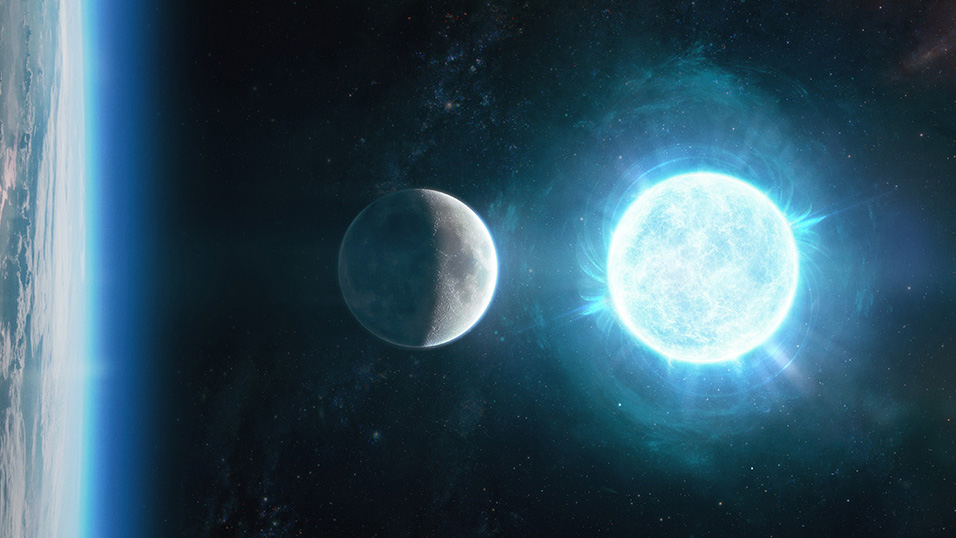White Dwarf Star: Stellar Evolution Vivacious Remains – In the grand theater of the cosmos, where stars are the protagonists, the white dwarf star emerges as a mesmerizing remnant of stellar evolution. These celestial remnants have traversed the journey from fiery birth to serene afterlife, captivating the curiosity of astronomers and cosmologists.
This article embarks on an exploration of the enigmatic white dwarf stars, unraveling their nature, characteristics, transformation, and the captivating origins of their name. premium303
Is a White Dwarf a Dying Star?
Indeed, a white dwarf is the result of the final stages of evolution for a certain type of star. When a star exhausts its nuclear fuel and its core can no longer support nuclear reactions, it undergoes a series of transformations that culminate in the formation of a white dwarf. So, in a sense, a white dwarf can be seen as the afterglow of a dying star’s brilliance. mustang contracting

Composition of a White Dwarf Star: A Dazzling Core
A white dwarf is primarily composed of degenerate matter, which includes electrons and atomic nuclei packed incredibly densely. The immense gravitational pressure within a white dwarf causes the electrons to be pushed into a state known as degeneracy, wherein they can no longer occupy the same energy state. This counteracts the force of gravity and prevents further collapse.
Metamorphosis: From Vigorous to Tranquil
As a white dwarf forms, it initially radiates energy generated during its earlier stages of evolution. Over time, however, it gradually cools and fades, transforming from a blazing stellar core to a faint, compact remnant. The energy it once radiated pales in comparison to its former glory, as it settles into a state of peaceful twilight.
The Name “White Dwarf Star”: Origins and Significance
The term “white dwarf” finds its origins in the analogy with Earth’s own white-hot metals. When metals such as iron are heated to extreme temperatures, they emit a white-hot glow. Similarly, white dwarfs, despite their cooling state, still emit faint light, often appearing as dim white points against the backdrop of space. The name reflects their high temperature during their early stages of cooling, as well as the fact that they no longer actively engage in nuclear fusion.
Destiny of White Dwarfs: A Stellar Legacy
White dwarfs can eventually undergo further transformations depending on their mass. If a white dwarf accretes material from a companion star in a binary system, it can reach a critical mass known as the Chandrasekhar limit. Beyond this limit, the white dwarf’s core is no longer stabilized by electron degeneracy pressure, leading to a catastrophic explosion known as a Type Ia supernova.
Conclusion: Echoes of Celestial Evolution
White dwarf stars tell a compelling tale of cosmic transformation, serving as echoes of the stars that once blazed brilliantly across the heavens. These remnants hold within them the story of stellar birth, evolution, and the journey to their serene afterlife. As they transition from vibrant luminance to tranquil dimness, white dwarf stars remind us of the ever-changing nature of the universe and the captivating processes that shape it.

